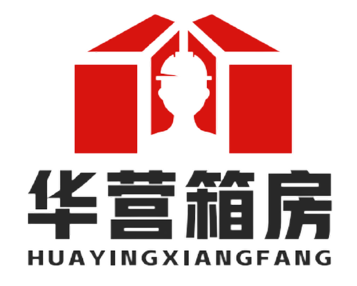Discover the revolutionary 10ft expandable container house – a flat pack marvel combining portability, rapid assembly, and modern living. Learn how this compact yet spacious solution transforms shipping containers into comfortable, sustainable homes with minimal setup time.
If you’ve been exploring innovative housing solutions, the 10ft expandable container house deserves your attention. This game-changing design merges the durability of shipping containers with the convenience of flat pack technology, creating a portable living space that’s both practical and stylish. Let’s dive into why this compact powerhouse is turning heads in sustainable architecture.
What Makes the 10ft Expandable Container House Special?
At first glance, this unit looks like a standard shipping container, but here’s the magic: it expands to nearly double its size. Starting as a compact 10ft x 8ft flat pack box, it unfolds into a spacious 20ft x 8ft living area. The secret lies in its hydraulic folding system, which transforms it from transport mode to a fully functional home in under 30 minutes. No heavy machinery or specialized skills needed – just unfold, lock, and live!
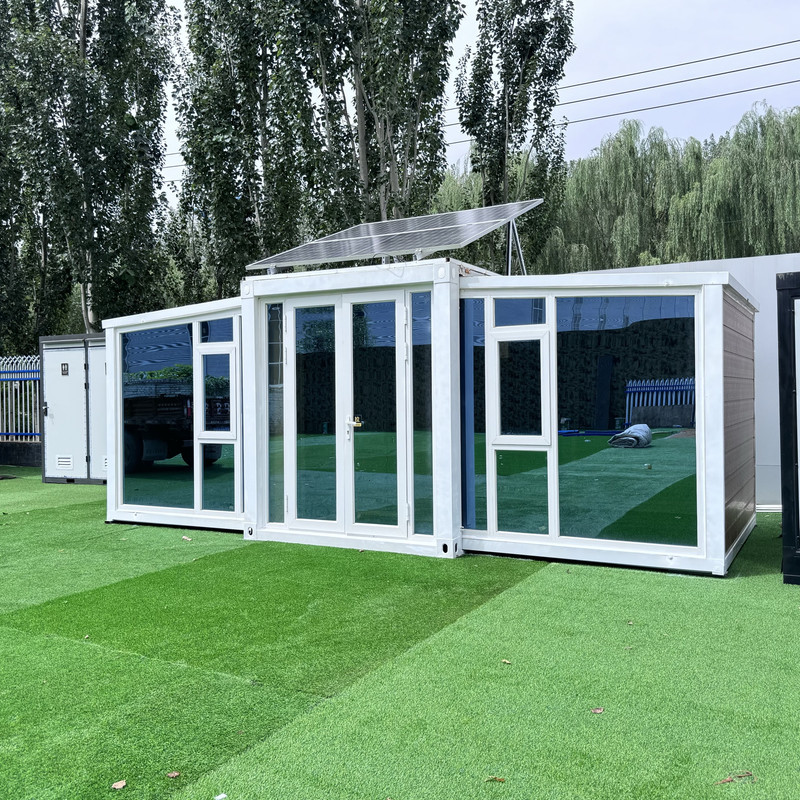
Key Features That Impress
Beyond its expandable design, this container house packs serious features:
- Smart Insulation: Rock wool panels keep temperatures stable year-round, cutting energy costs by 40% compared to traditional builds.
- Plug-and-Play Utilities: Pre-installed electrical wiring and plumbing hookups mean you’re move-in ready instantly.
- Customizable Interiors: From micro-kitchens to Murphy beds, the modular layout adapts to your needs.
- Earthquake-Resistant Frame: Steel structure withstands seismic activity and extreme weather.
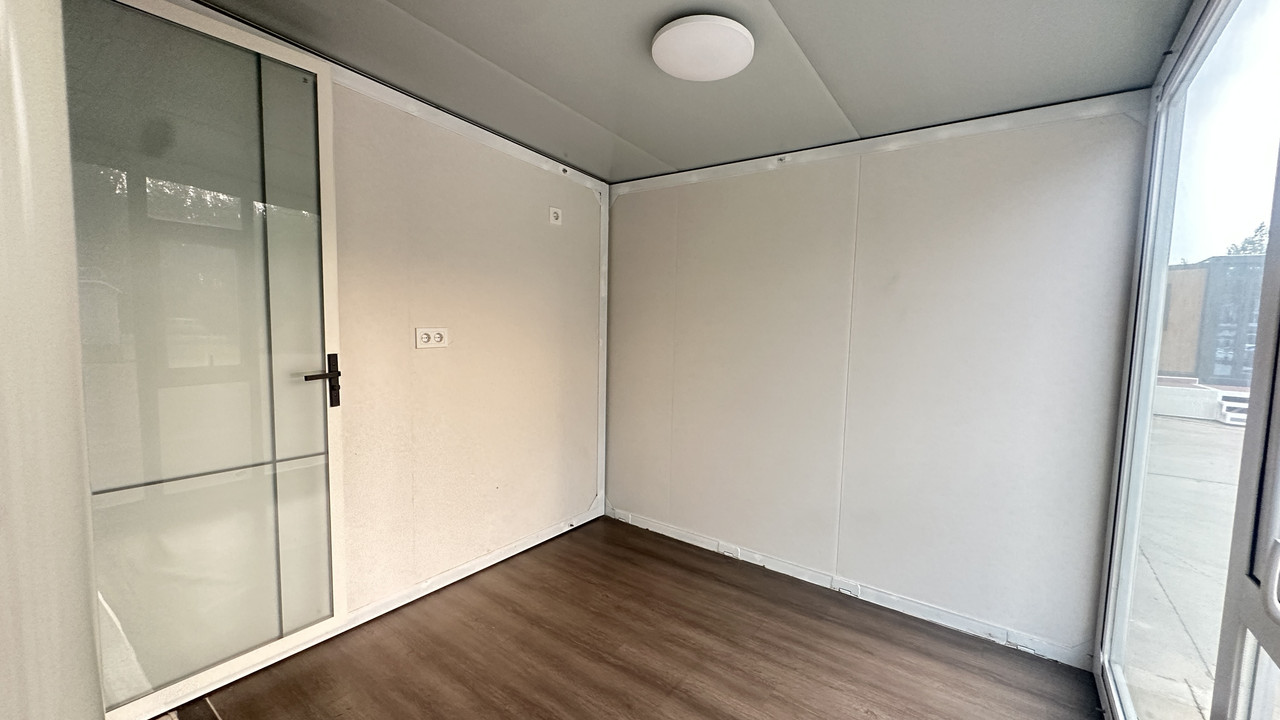
Why Flat Pack Design Changes Everything
The “container flat pack” approach solves three major headaches:
- Transport Savings: Ships flat like furniture – 6 units fit in one standard container truck.
- Rapid Deployment: Disaster relief teams set up field hospitals in hours, not weeks.
- Zero Construction Waste: Factory-built components mean no on-site cutting or landfill contributions.
Watch how effortlessly it transforms:
Your browser does not support the video tag.
Real-World Applications
This isn’t just theory – communities worldwide are embracing these units:
- Remote Workstations: Mining companies use them as off-grid offices in the Australian Outback.
- Tourism Pop-Ups: Glacier National Park features them as eco-friendly cabins.
- Urban Micro-Housing: Tokyo developers stack them to create affordable apartment complexes.
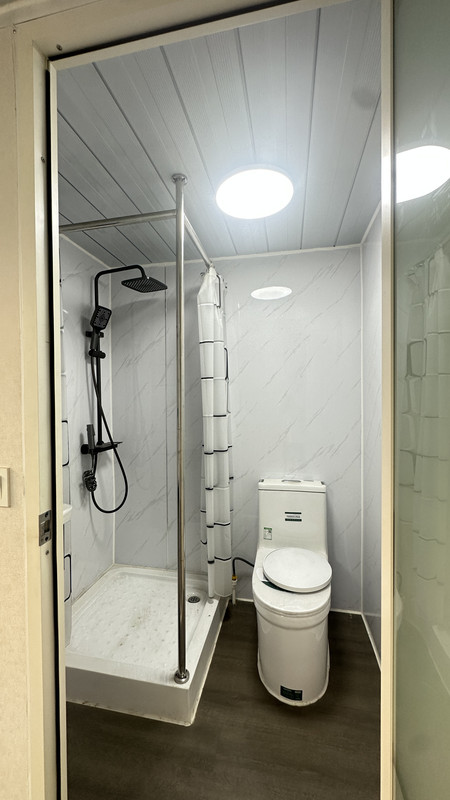
Assembly Demystified
Curious about setup? It’s surprisingly simple:
- Position the flat pack unit on level ground
- Release hydraulic locks with provided tool
- Manually unfold sidewalls (takes 2 people)
- Secure floor panels and roof sections
- Connect utilities to external sources
See the process in action:
Your browser does not support the video tag.
Cost & Sustainability Breakdown
At $12,000-$18,000 per unit, it’s 60% cheaper than site-built alternatives. The eco-credentials are equally impressive:
- 85% recycled steel construction
- Solar-ready roof with battery storage options
- Composting toilet compatibility for off-grid use
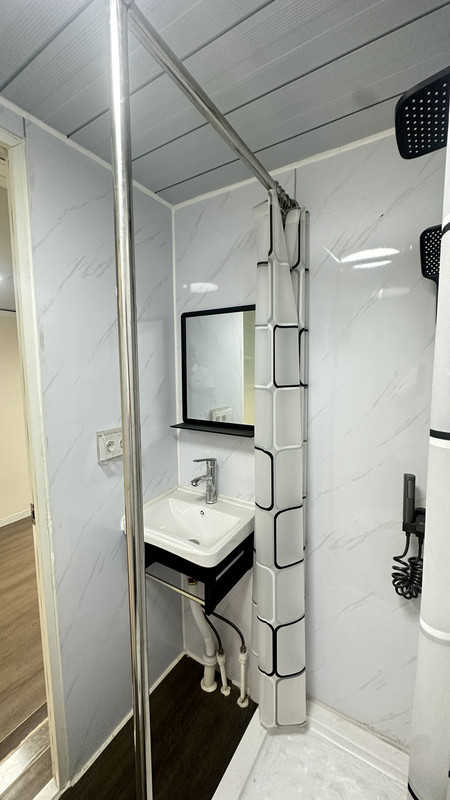
Is This Right for You?
Ideal if you need:
- Instant housing for construction sites or events
- A disaster-resistant primary residence
- A backyard studio or guest house
- Mobile accommodation for travel nurses or filmmakers
While not suited for large families, its clever design maximizes every inch – perfect for minimalists or temporary housing needs.
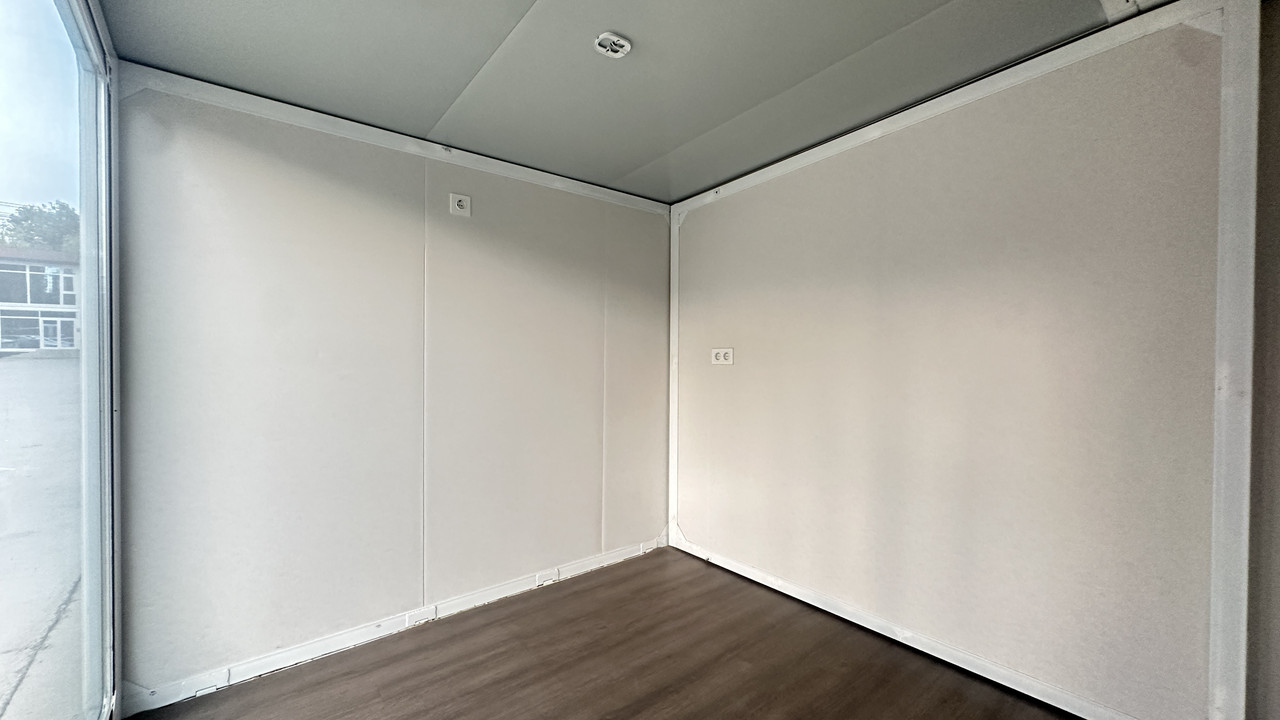
The Future of Flat Pack Living
As urban density grows and climate concerns intensify, solutions like the 10ft expandable container house represent more than just shelter – they’re a blueprint for resilient, adaptable living. With manufacturers now offering 20ft and 40ft expandable models, this flat pack revolution is just getting started. Whether you’re a prepper, developer, or eco-conscious homeowner, this innovation proves big things truly come in small, foldable packages.
